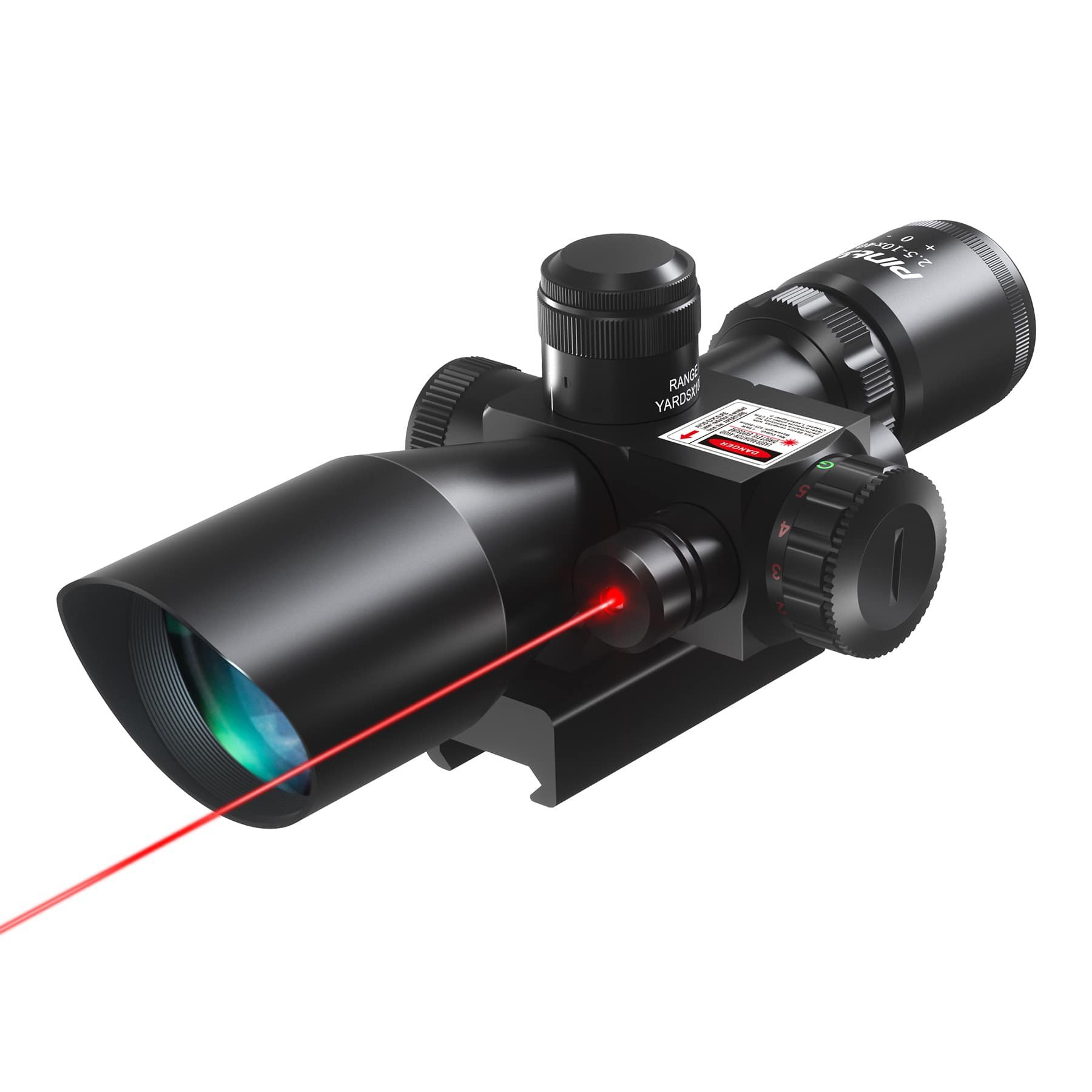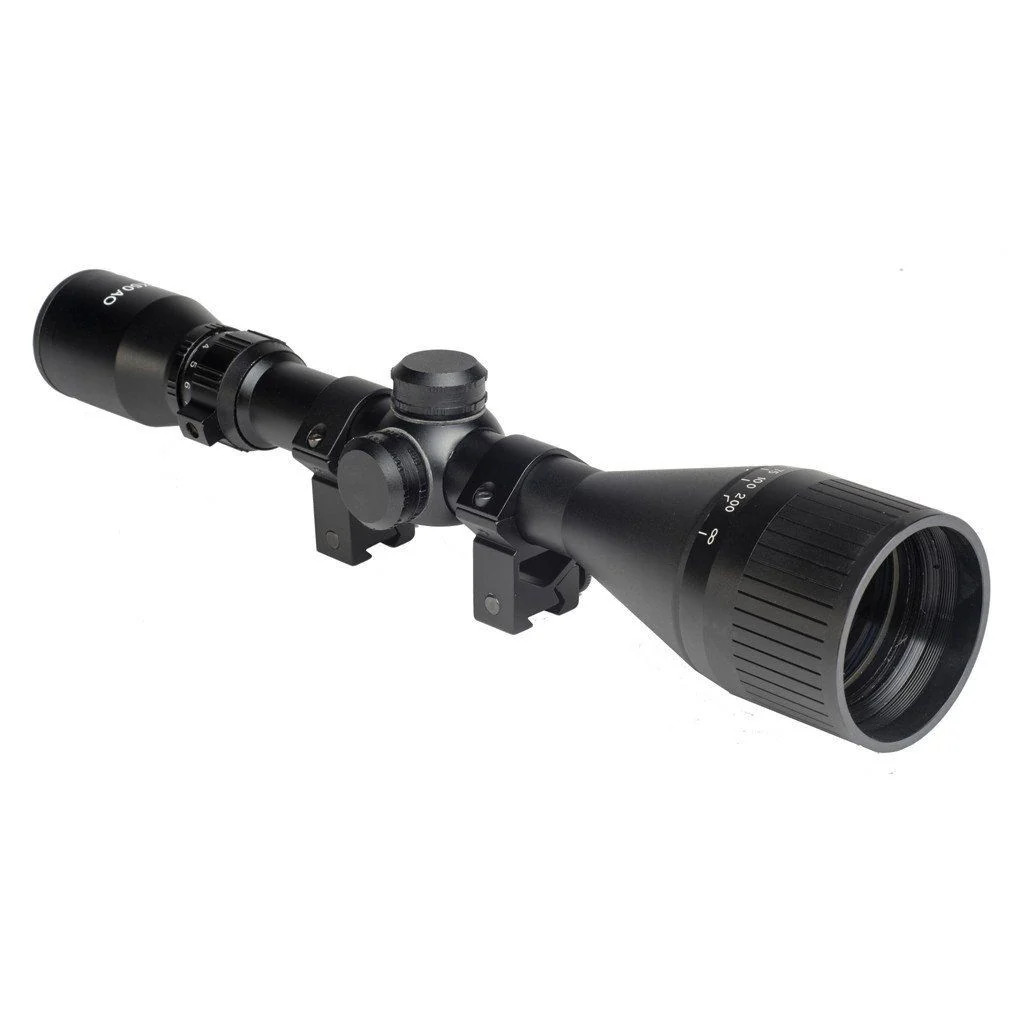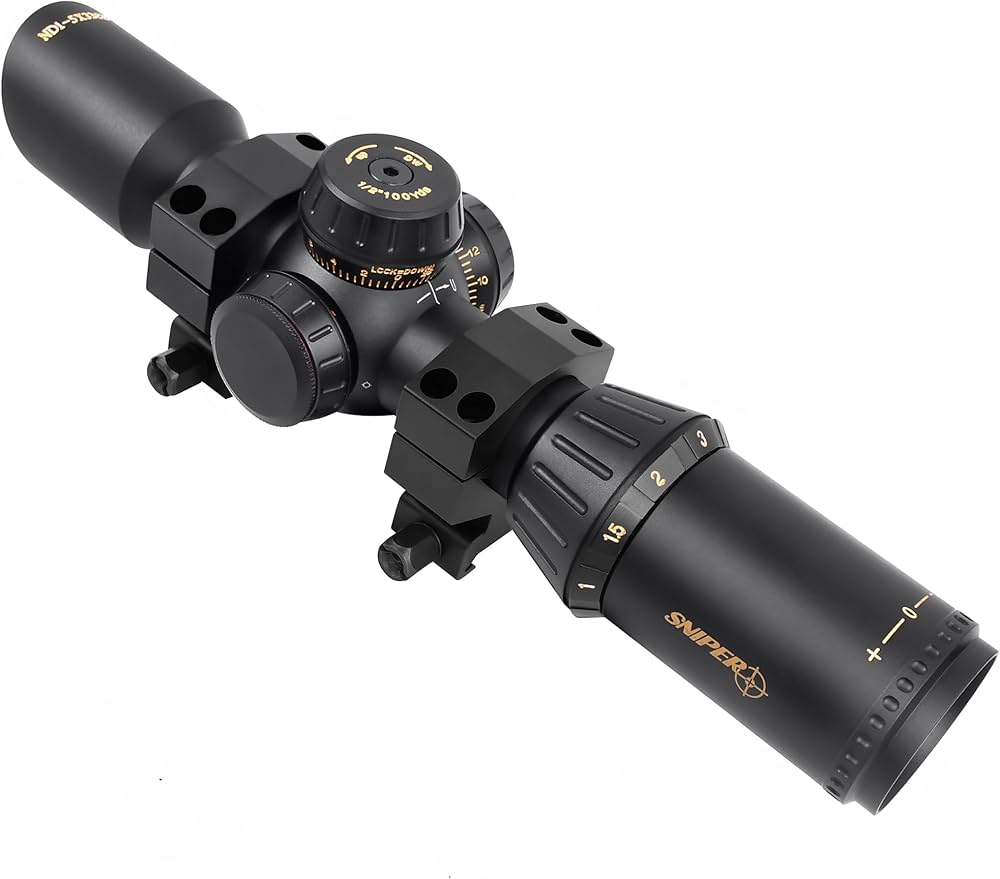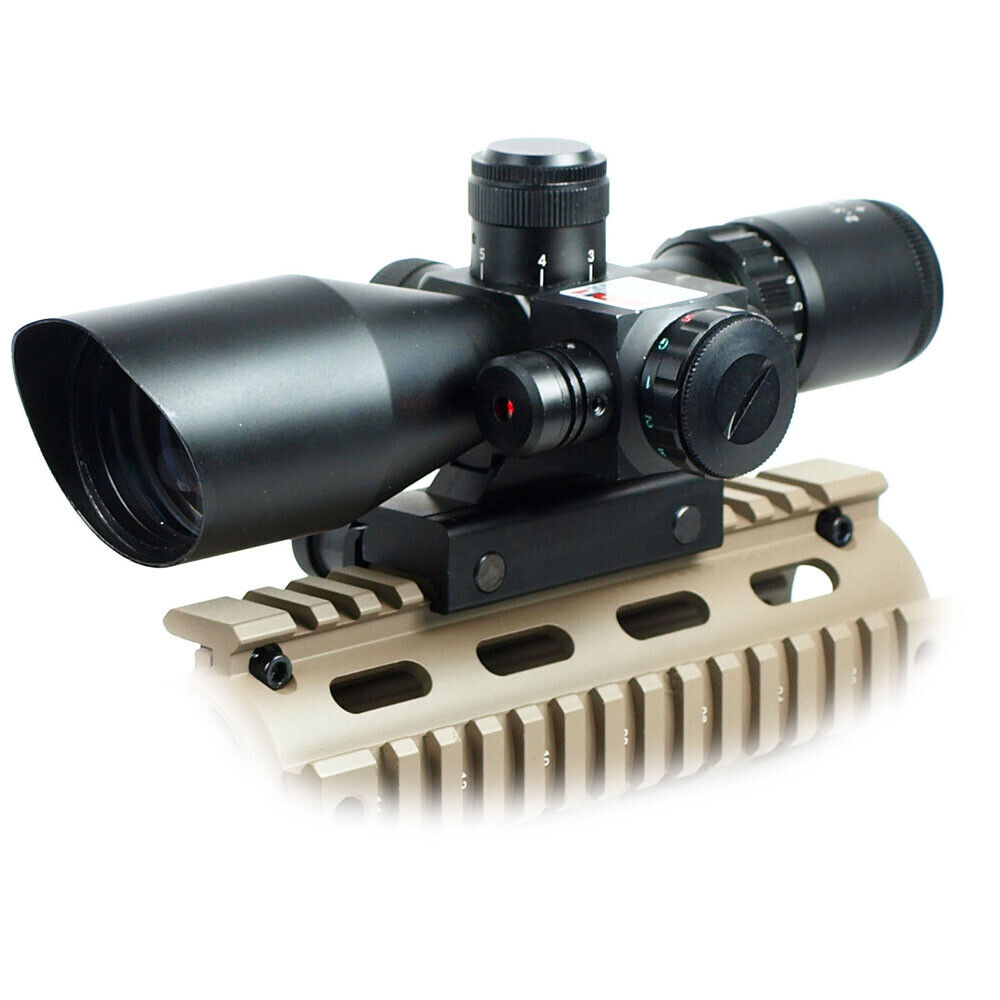The night is alive with possibilities. For tactical enthusiasts, hunting aficionados, and outdoor adventurers, the ability to see clearly in the dark can make all the difference. When it comes to choosing the right equipment for nighttime operations, two contenders stand out: night vision scopes and thermal imaging devices. Each has its unique advantages, and knowing which one to choose can enhance your experience in the field. Let’s dive into the showdown!
Unveiling the Night: Scopes vs. Thermal Tech Showdown!
Night vision scopes have been around for decades. They amplify light, allowing you to see in low-light conditions. This tech is great for spotting details in the dark. The greenish hue of night vision is iconic. It feels familiar and has a certain charm. You can identify shapes, movements, and even some colors, making it ideal for wildlife observation and tactical situations where you want to identify a target.
On the flip side, thermal imaging technology detects heat emitted by objects. This means it can pick up on warm bodies or heat signatures, even in total darkness. You might not see the fine details, but you will see heat sources. This is a game-changer in search and rescue missions or when tracking game at night. Imagine being able to spot a deer hidden in the brush simply because it stands out against the cooler background. Thermal scopes excel in situations with high contrast.
Both technologies have their drawbacks too. Night vision scopes depend on ambient light, becoming ineffective in complete darkness. Conversely, thermal imaging can be less effective in heavy rain or fog, as moisture can obscure heat signatures. Knowing these limitations is key to choosing the right tool for your adventure.
Battle of the Night: Which Tool Rules the Darkness?
When it comes to versatility, night vision scopes take the lead. They are excellent for activities where detail matters, like hunting or surveillance. If you need to see the specific markings on a deer or recognize a silhouette, night vision can provide that level of clarity. Plus, they often come with added features like magnification, making them a versatile option for various scenarios.
However, thermal imaging shines in its ability to reveal the unseen. It cuts through darkness and environmental challenges, offering a unique perspective. Its capacity to detect movement in complete darkness is unparalleled. This makes thermal devices fantastic for security personnel and law enforcement. They can quickly assess a situation, even in the most challenging conditions.
Ultimately, the choice between night vision and thermal boils down to your specific needs. If you require precise identification and are in relatively low-light conditions, night vision scopes may be your best bet. But if you find yourself facing total darkness or need to see through obstacles, thermal imaging could be the ultimate tool in your kit. Each has unique strengths, and both can be invaluable in the right scenarios.
Selecting between night vision scopes and thermal imaging is not just about technology; it’s about enhancing your outdoor experience. Both have their strengths and weaknesses, tailored to different needs. Consider your primary use cases and environment before making your decision. The right choice will enhance your adventures during those magical night hours! Happy exploring!



